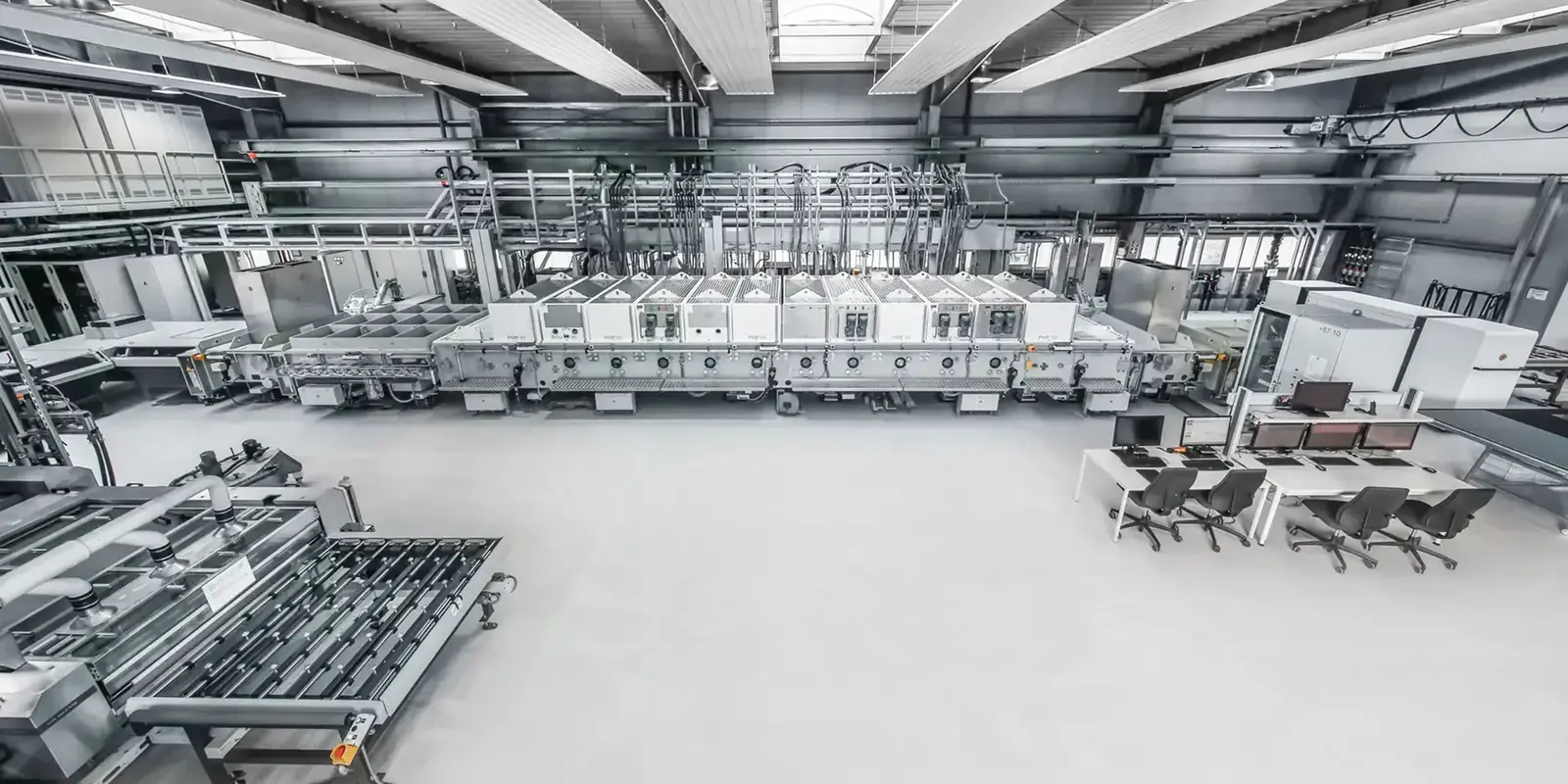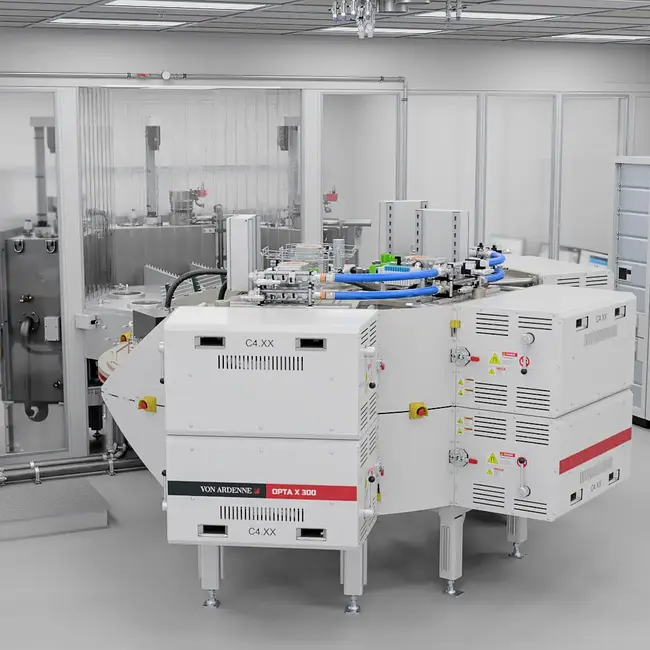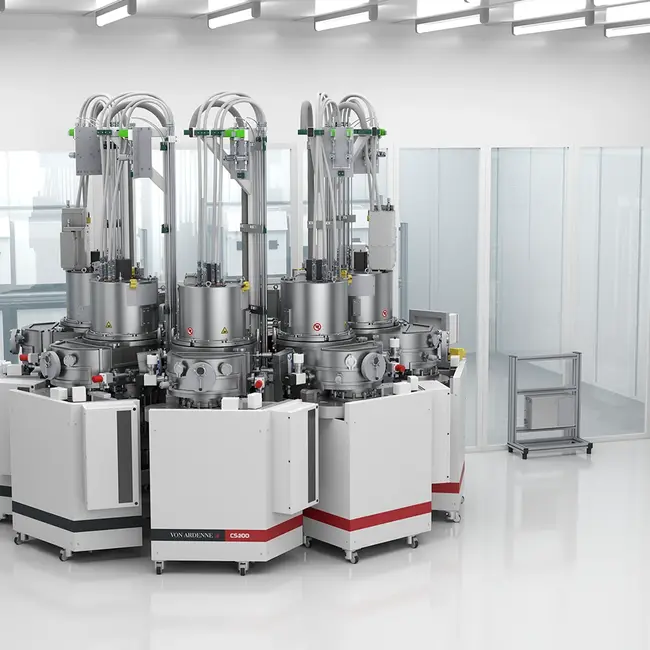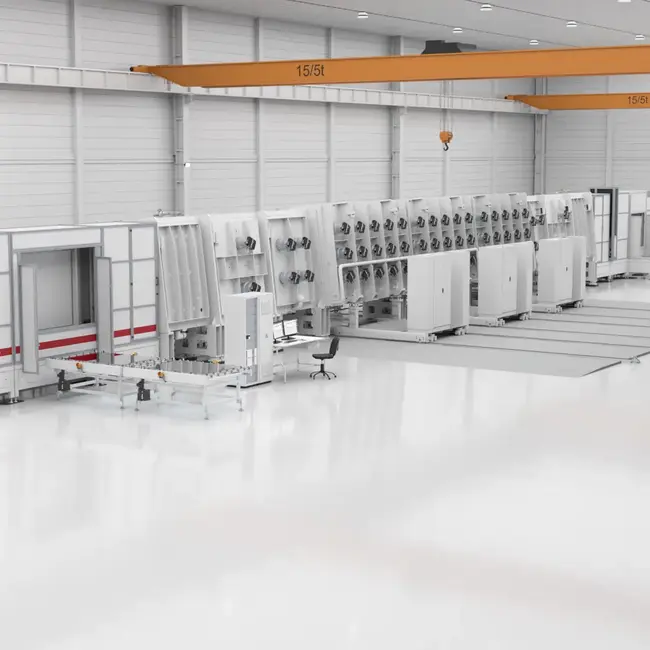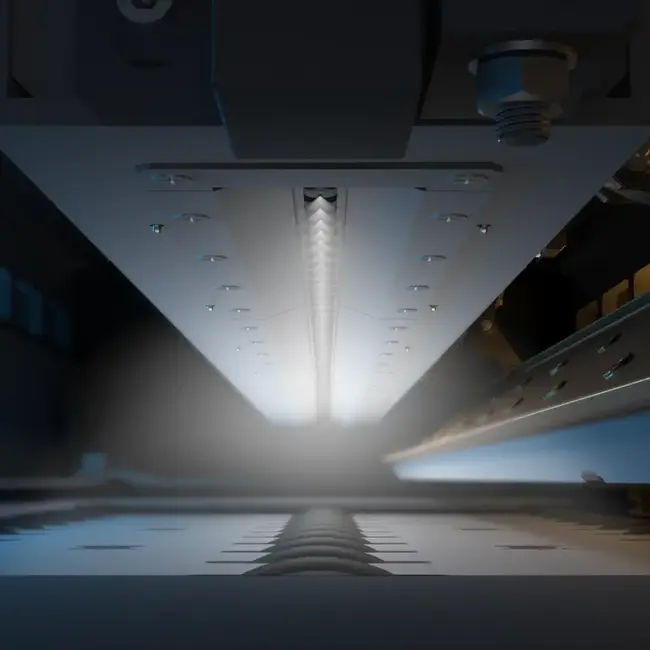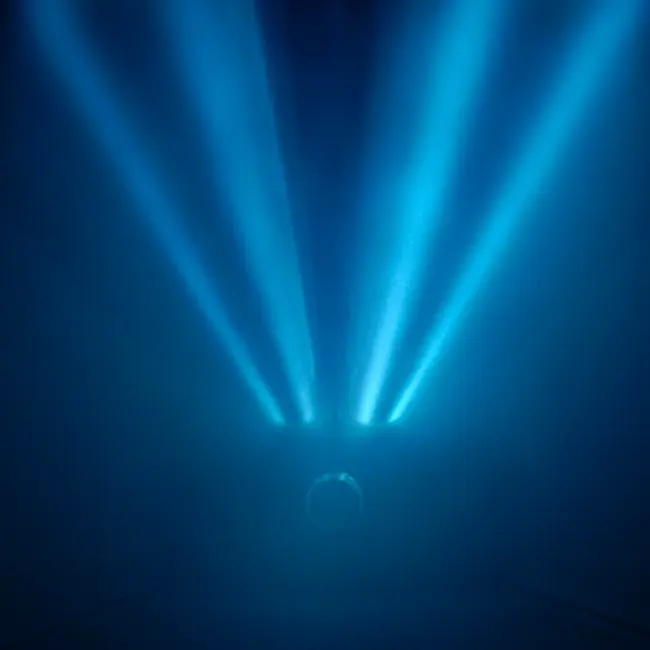Vehicle displays serve both as driver instruments and infotainment monitors. In some cases, multiple displays are combined into a single display element. They are firmly installed in the vehicle and must meet high requirements for durability as well as reliable visibility of the content under various lighting conditions and viewing angles. Special projection devices are used for head-up displays, which generate virtual images and use semi-transparent mirrors or windshields as optical elements.
Additionally, rearview mirrors are increasingly used as displays, and smart mirrors can adjust their reflectivity to reduce glare from following vehicles. These functions require precise multifunctional optoelectronic layers (>12), which must be deposited with the highest uniformity.

